Introduction
We will discuss the functioning of our body. Our body is like a machine. Simple way of looking at it would be something like this.

The Body is a self-regulating machine receiving inputs from the environment in the form of food, air and social warmth. By social warmth, we mean the social atmosphere in which we live. Inside the body trillions of cells process the inputs. The cells are grouped together in the form of organ system to attain the desired output. The Output is in the form of various physiological functions & the activities we perform.
Let us have an overview of the various components before going into the mechanisms of various functions our body perform.
Take the example of gastrointestinal tract. (Fig. 1) There are the tubes and glands made up of different materials and have different mechanism to perform various functions. The food we take enters into the gastric tract. It’s like a long tube. Liver and pancreas are glands pouring their secretions into it and at the end the essential molecules are absorbed in the blood. In a way it is a food processor.

Similarly, respiratory system (Fig. 2) is like a suction pump providing O2 to the body.

Heart is the propelling pump distributing blood to all cells through the tubes, the blood vessels. (Fig. 3)
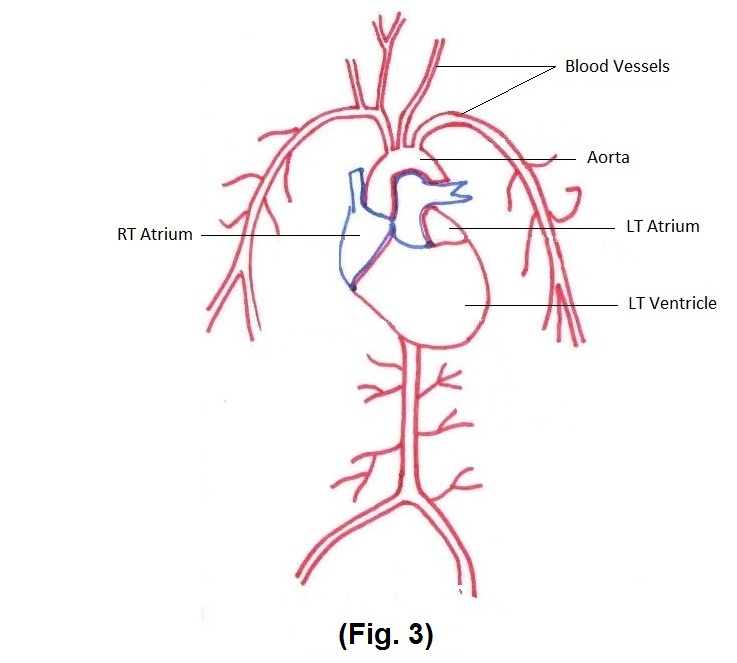
Kidneys can be regarded as filtering plant removing waste and helps keeping electrolyte balance. (Fig. 4)
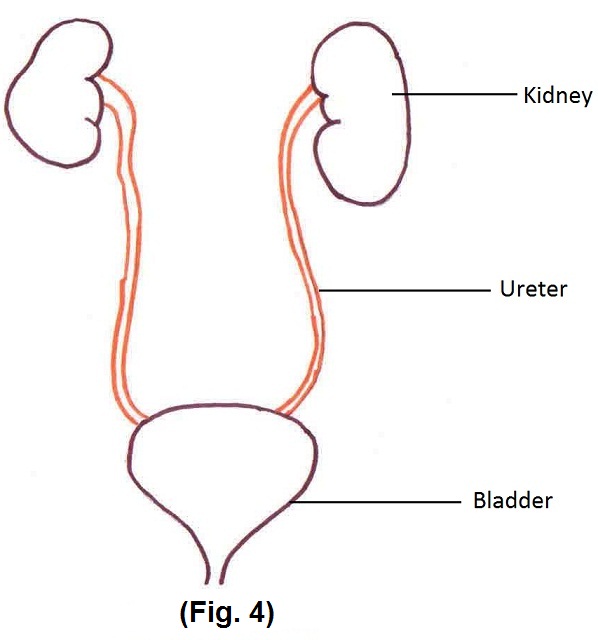
Male (Fig. 5a) & female (Fig.5b) reproductive systems are meant to create new version of a human system.

All these components are connected in a well-knit fashion. For effective functioning they need support. Bones (Fig. 6a) and Muscles (Fig.6b) Provide support & make movements possible. Collagen (Fig. 6c) provides scaffolding to cells and organs.

As the functioning of the cells is via thousands of biomolecules, they need fluid medium for movement. Various fluid cavities are created to allow exchange of molecules between different groups of cells. (Fig. 7) e.g. Cavities in the Interstitial Fluid (fig. 7a), Blood vessels (Fig. 7b), Hearts (Fig.7 c), Lungs (Fig. 7d), Brain and Spinal Cord (Fig. 7e), Synovial Joint (Fig. 7f).



It is as if this machinery is suspended in the fluid medium and scaffolding and support is provided by bones, collagen tissue etc. The support is quite strong so that a man can climb mountain and dive deep into the sea water!
Number of functions, performed by different organs, are to be integrated. The Control and co-ordination is vested to nervous system and endocrine glands. Brain (Fig. 8a) is like a computer, with nerves like wires. Messages are received from outside environment via 5 senses and from internal organs via autonomic nervous system (Fig. 8b, 8c). These are processed in the brain and orders are given within fraction of seconds and the action takes place
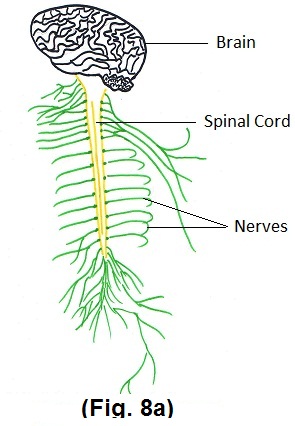

Functioning of all the organs does not need that much speed all the time. Day to day functioning which is performed through thousands of chemical circuits is governed by endocrine system. (Fig. 9)
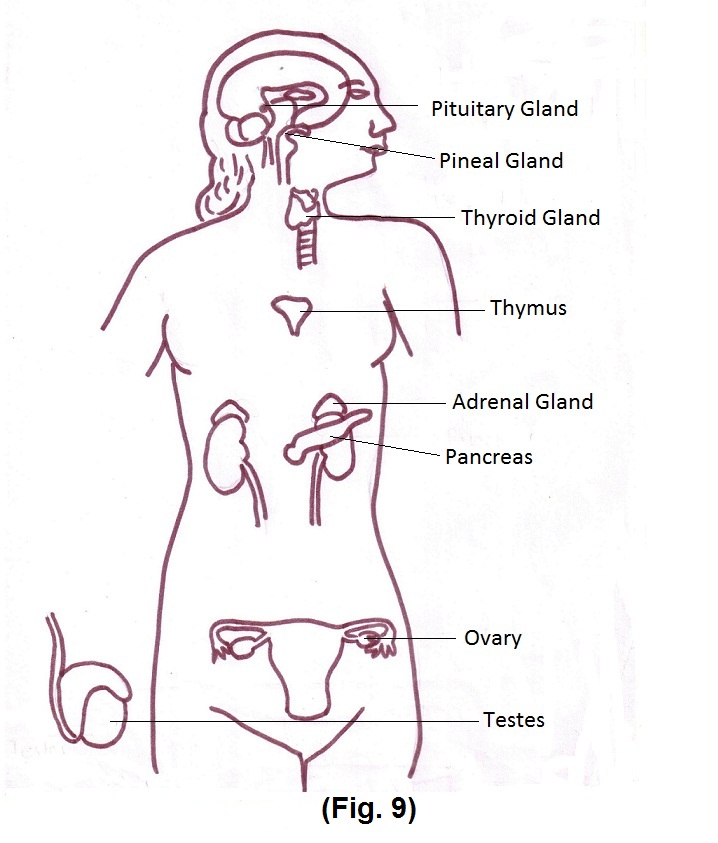
Human system is exposed to physical, chemical and biological environment. It needs protection as well as defense mechanism to fight with the unwanted environmental inputs entering in the body either from within or outside.
Skin (Fig. 10) covers the body while tabular structures inside are protected by mucous membrane.

Any injurious agent is dealt with by different groups of cells, getting matured in the bone marrow. Lymphatic System (Fig. 11), spleen and liver participate in this process.
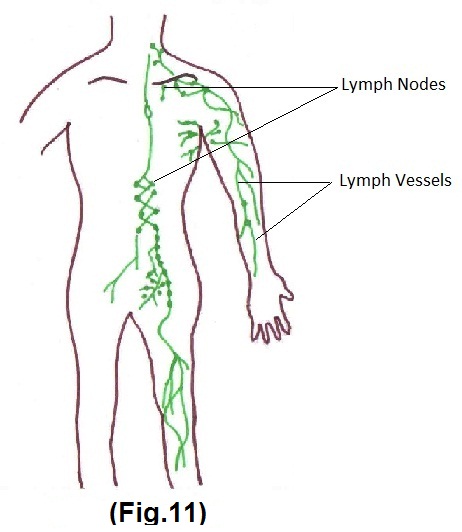
The integrated functioning of all these components leads to balance, what we call as health.
